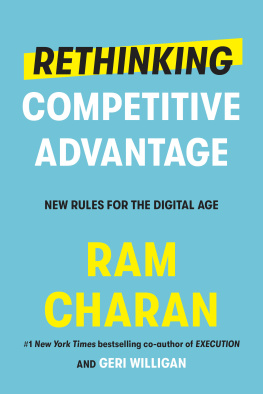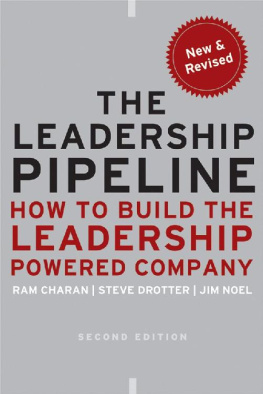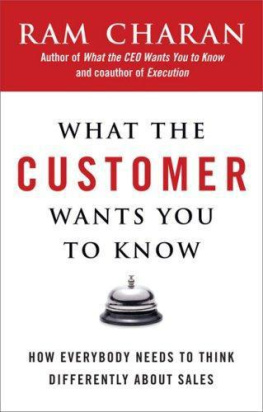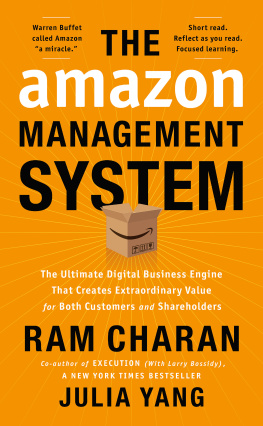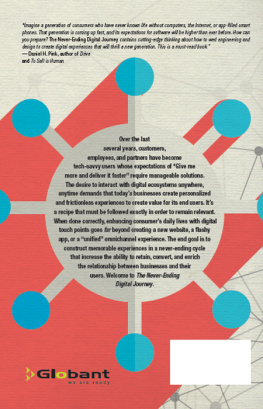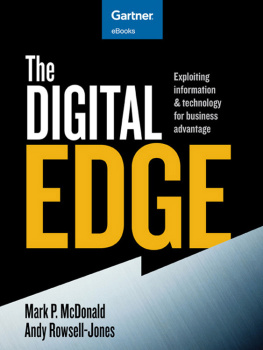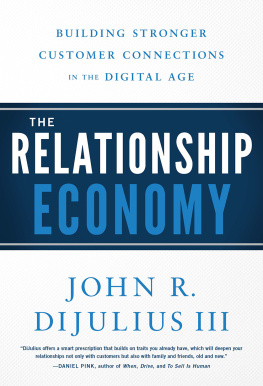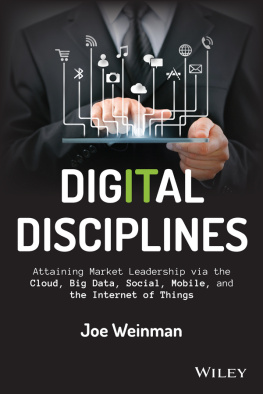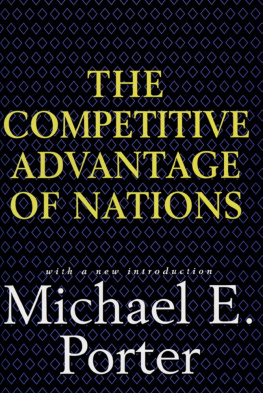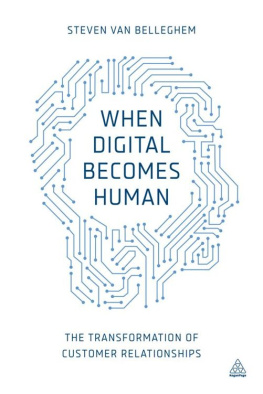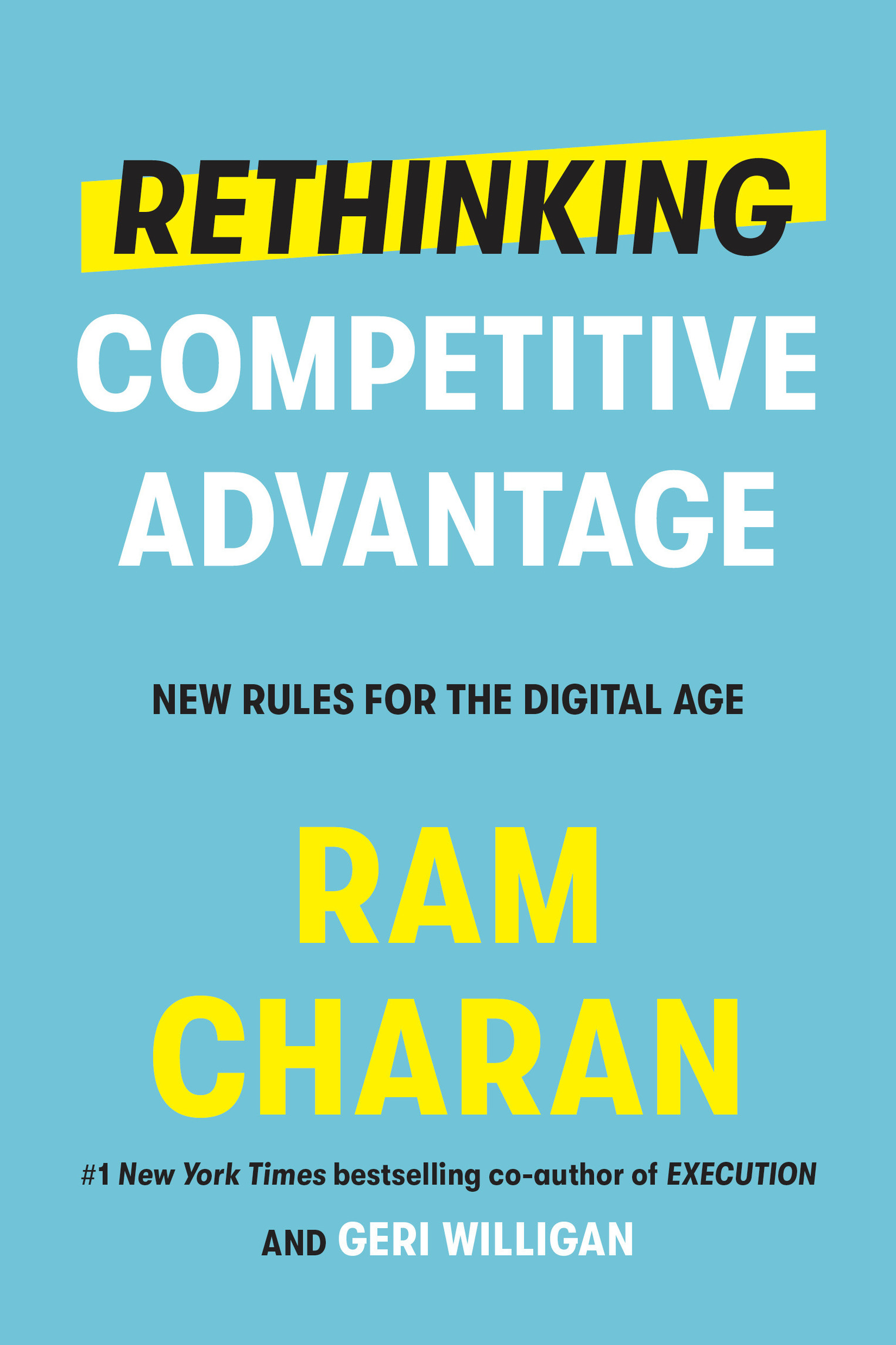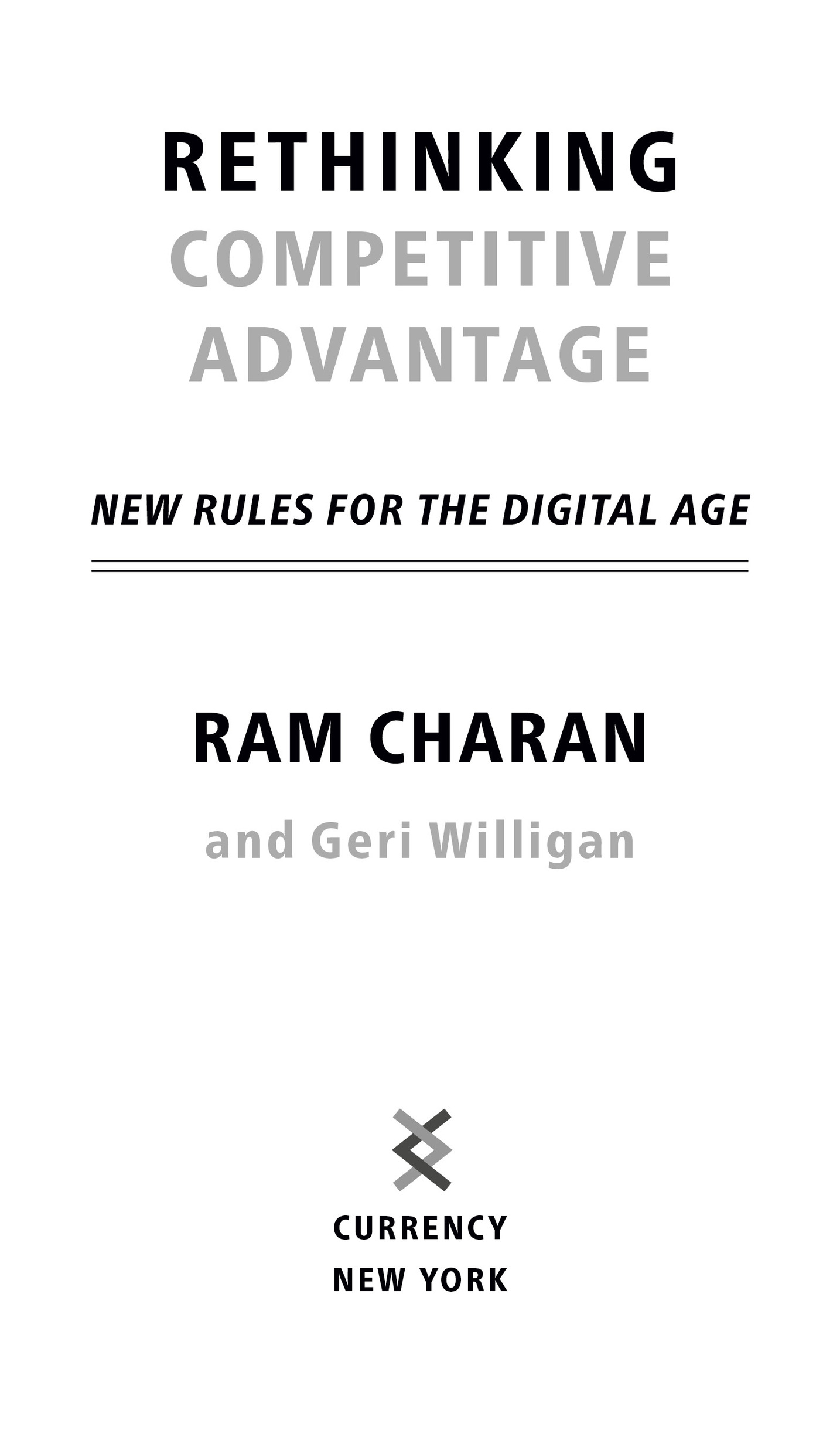Ram Charan - Rethinking Competitive Advantage: New Rules for the Digital Age
Here you can read online Ram Charan - Rethinking Competitive Advantage: New Rules for the Digital Age full text of the book (entire story) in english for free. Download pdf and epub, get meaning, cover and reviews about this ebook. year: 2021, publisher: Currency, genre: Business. Description of the work, (preface) as well as reviews are available. Best literature library LitArk.com created for fans of good reading and offers a wide selection of genres:
Romance novel
Science fiction
Adventure
Detective
Science
History
Home and family
Prose
Art
Politics
Computer
Non-fiction
Religion
Business
Children
Humor
Choose a favorite category and find really read worthwhile books. Enjoy immersion in the world of imagination, feel the emotions of the characters or learn something new for yourself, make an fascinating discovery.
- Book:Rethinking Competitive Advantage: New Rules for the Digital Age
- Author:
- Publisher:Currency
- Genre:
- Year:2021
- Rating:3 / 5
- Favourites:Add to favourites
- Your mark:
Rethinking Competitive Advantage: New Rules for the Digital Age: summary, description and annotation
We offer to read an annotation, description, summary or preface (depends on what the author of the book "Rethinking Competitive Advantage: New Rules for the Digital Age" wrote himself). If you haven't found the necessary information about the book — write in the comments, we will try to find it.
Another book for the ages from a master! . . . Particularly insightful is his emphasis on how the end-to-end individual consumer experience will separate winners from losers in our new digital age.Fred Hassan, chairman, Caret Group; former CEO, Schering-Plough and PharmaciaThe old ways of creating competitive advantage for your businesssuch as building moats to ward off competitorshave become dangerous. Giants like Amazon and Alibaba are creating vast new market spaces through a deft combination of tools like machine learning and business savvy that reimagines customer experiences while generating immense shareholder value. A handful of traditional companies, including Fidelity Investments, Walmart, and B2W, have adopted these new approaches to reinvigorate their businesses. Most, however, are stalledand the clock is running out. In this lively, accessible guide, Ram Charan, bestselling author and adviser to some of the worlds top CEOs and boards, redefines competitive advantage for the digital-first era, offering a set of new rules to get ahead: Create an ecosystem with third-party partners to revolutionize and personalize the customer experience. Empower teams focused on a single task, building a social engine that drives constant innovation, fast execution, and customer satisfaction. Attract funders who understand the big picture: that beyond a certain scale, major upfront spending will turn into a cash-generation machine. Filled with stories that peek behind the curtain of digital behemoths as well as traditional companies that have transformed their organizations, Rethinking Competitive Advantage offers concrete advice and methods to help you conceive of new market spaces and moneymaking models. Competing against digital giants might seem daunting, if not impossible. The necessary computing power is within any companys reach. By borrowing from these digital winners playbooks, traditional companies and upstarts alike can gain an upper hand. Whether youre in the C-suite or brainstorming the next big idea from your garage, Rethinking Competitive Advantage is the ultimate guide to creating competitive advantage today.
Ram Charan: author's other books
Who wrote Rethinking Competitive Advantage: New Rules for the Digital Age? Find out the surname, the name of the author of the book and a list of all author's works by series.

